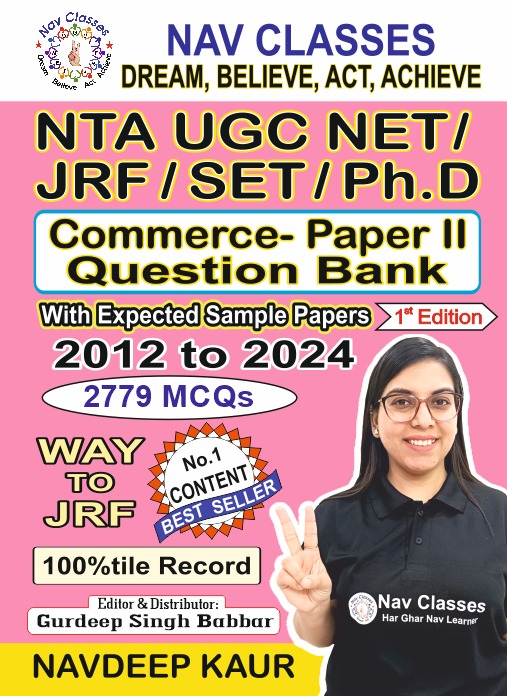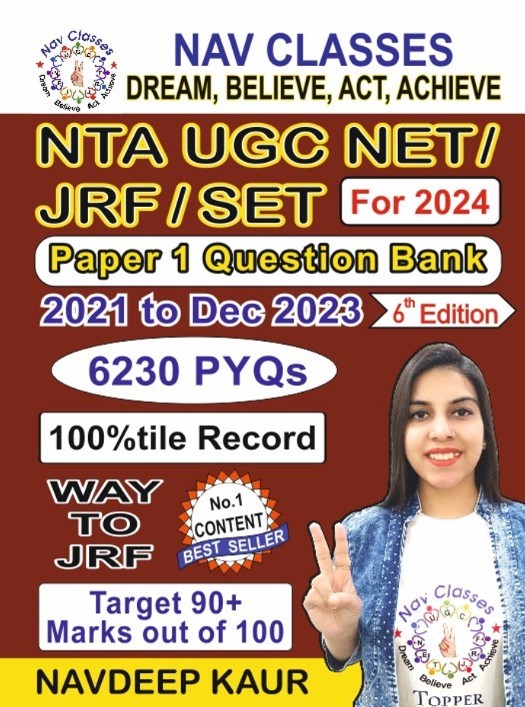1.Which of the following is NOT a correct statement with respect to Freedom of speech and expression in India?
[A] It is enshrined in Part III of the Constitution
[B] It is not an absolute right to express one’s thoughts freely
[C] It can not be curtailed by legislation
[D] It can be suspended in emergency
SHOW ANSWER
Explanation: Since this right is not absolute, it can be curtailed by legislation by parliament. During emergency, Article 19 is eclipsed by the superior right of the State to enact laws abrogating freedoms of a citizen (under Article 358). The suspension of Article 19 continues so long as the proclamation of such emergency is in operation1 and automatically revives when the proclamation cases to operate. ©navclasses
2. Which of the following statements is incorrect?
[A] Members of Lok Sabha are directly elected by the eligible voters
[B] Money Bills can only be introduced in Lok Sabha
[C] The Vice-President of India is the ex-officio Chairman of Rajya Sabha
[D] President nominates four members of Anglo-Indian Community to Lok Sabha
SHOW ANSWER
Explanation: Fourth statement is incorrect. President used to nominate two members of Anglo-Indian Community to Lok Sabha till 2020. As of now, nomination of members of Anglo-Indian community to Lok Sabha has been abolished.
©navclasses
3. Regarding the “starred questions” asked during Question Hour of Parliament , which among the following is true?
[A] Oral Answer is required to be given by the minister on floor of the house and supplementary questions may be asked on Minister’s reply
[B] Oral Answer is required to be given by the minister on floor of the house and supplementary questions may not be asked on Minister’s reply
[C] Written Answer is to be given by the minister after 10 days notice and no supplementary question may be asked
[D] None of the above
SHOW ANSWER
Explanation: Starred Questions are those for which an oral answer is expected. The member is allowed to ask a supplementary question, with the permission of the Speaker, after the reply is obtained from the Minister concerned. Non-starred questions are those for which a written reply is expected. After the reply has been provided, no supplementary question can be asked. A notice period is to be given to the minister to reply to a question. However, if a Member seeks to ask a question urgently and cannot wait for the duration of the notice period, then the member can do so provided it is accepted by the Speaker. Such questions are called supplementary questions.
©navclasses
4. In which year National Commission for Minorities was established?
[A] 1989
[B] 1990
[C] 1991
[D] 1992
SHOW ANSWER
Explanation: Officially, there are 6 minorities in India viz. Muslims, Christians, Sikhs, Buddhists, Parsis and Jains. The Union Government set up the National Commission for Minorities (NCM) under the National Commission for Minorities Act, 1992. The commission is made up of a Chairperson, a Vice Chairperson and five members. Unlike other bodies like NCSC and NCST, NCM has no constitutional backing or status.
©navclasses
5. How many states are part of the North eastern Council ?
[A] 5
[B] 6
[C] 7
[D] 8
SHOW ANSWER
Explanation: The council consists of eight member states of the North Eastern Region, viz., Arunachal Pradesh, Assam, Manipur, Meghalaya, Mizoram, Nagaland, Sikkim and Tripura. In 2002, Sikkim became the eighth member state of the Council.
©navclasses
6. In which year Uttranchal was renamed as Uttarakhand?
[A] 2004
[B] 2005
[C] 2006
[D] 2007
SHOW ANSWER
Explanation: Uttaranchal, the 27th state of India, was carved out of Uttar Pradesh on November 9, 2000. It’s name was changed to Uttarakhand in January, 2007.
©navclasses
7. In which year legislative council of Tamilnadu was abolished?
[A] 1983
[B] 1985
[C] 1986
[D] 1987
SHOW ANSWER
©navclasses
8. In which case, Supreme court held that any Constitutional amendment that takes away or abridges a Fundamental Right conferred by Part III is void?
[A] SR Bommai Vs. Union of India, 1994
[B] Kesavananda Bharati Vs. State of Kerala (1973)
[C] Golaknath v. State of Punjab, 1967
[D] Minerva Mills v. Union of India, 1980
SHOW ANSWER
Explanation: In Golaknath v. State of Punjab case, the Supreme Court held that an amendment of the Constitution is a legislative process, and that an amendment under article 368 is “law” within the meaning of article 13 of the Constitution and therefore, if an amendment “takes away or abridged” a Fundamental Right conferred by Part III, it is void.
©navclasses
9. Which among the following is a correct function of Public Accounts Committee?
[A] It works under President of India and creates accounts for various ministries
[B] It works under Comptroller and Auditor General of India and prepares accounts
[C] It is a parliamentary committee which gives report on nonplan expenditures of the government
[D] It is a parliamentary committee which scrutinizes the report of the Comptroller & Auditor General of India
SHOW ANSWER
Explanation: Public Accounts Committee examines the annual audit reports of the Comptroller and Auditor General of India (CAG), which are laid before the Parliament by the President.
©navclasses
10.Who among the following was the main rival candidate against India’s first President Dr. Rajendra Prasad?
[A] NN Das
[B] K T Shah
[C] CH Ram
[D] S Radhakrishnan
SHOW ANSWER
Explanation: Dr. Rajendra Prasad contested and won Presidential elections for two times viz. 1952 and 1957. In 1952 Presidential elections, he defeated his nearest rival K. T.Shah while in 1957 elections, he defeated his nearest rival Chowdhry Hari Ram.
©navclasses







2 responses
5/10
7/10
Thank you mam
Navlearner##dbaa